The Artemis 3 project is set to make history. In 2025, this project will launch a spacecraft with the first woman and a person of color to the Moon with two more crew members. This ground-breaking endeavor breaks gender barriers and represents a significant milestone in space exploration. This article explores the complexities of the Artemis 3 project, highlighting its remarkable crew members and technical details that will make this mission possible.
This article introduces the inspiring individual chosen as the first woman to send to the Moon. This engaging article also sheds light on the man of color (A Person of Color- A Person who is not white) accompanying her and other crew members.
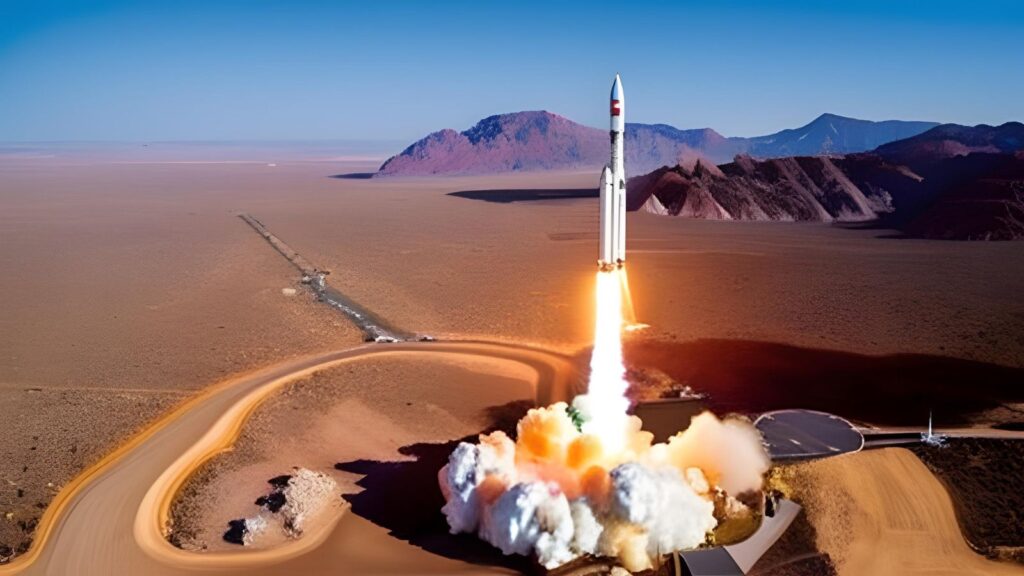
Furthermore, it delves into the complications and hurdles that have hindered woman’s exploration of the Moon, offering insights into the evolution of space exploration and progress toward gender equality. Join this captivating journey to uncover the dreams, determination, and advancements incorporated by the ambitious Artemis 3 project.
Artemis III: the first human mission to the lunar south pole by NASA
After the First 2 Artemis missions succeed, NASA aims to land astronauts back on Moon as early as 2025. Artemis 3 launch date is targeted to be December 2025. Artemis program began when US President signed Space Policy Directive in 2017, directing NASA to send astronauts to the Moon.
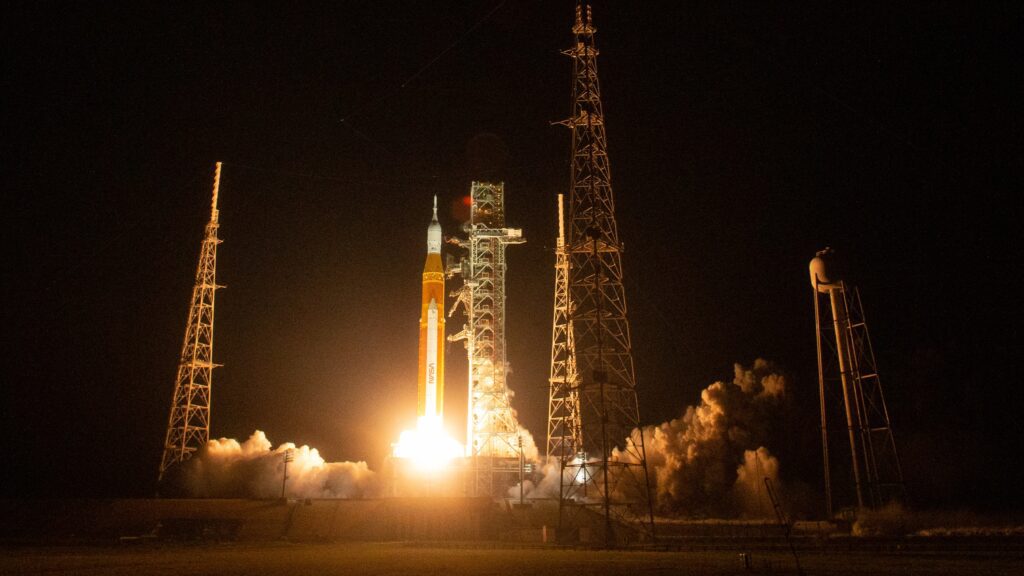
The launch of NASA Artemis III will bring people back to the Moon for the first time in more than 50 years. Astronauts will explore the south pole region of the moon in a historic mission by NASA. Utilizing NASA’s cutting-edge Orion spacecraft, explicitly created to send humans farther than ever, the crew will fly to and from the Moon. Orion has emergency capabilities, provides for the crew throughout spaceflight, and assures a secure re-entry into the atmosphere of Earth. The Space Launch System (SLS) will launch Orion into space. It’s exciting that Elon Musk’s SpaceX has been selected to supply the human landing system using their ground-breaking Starship design.
SpaceX Starship HLS for Artemis 3 Mission
SpaceX will conduct tests before the personnel mission, including a crewless demonstration landing on the Moon’s surface. Starship will launch on its initial Artemis mission after passing NASA’s strict safety requirements. Transferring two astronauts from Orion to Starship HLS will allow them to travel to the Moon’s surface. They will be sustained for many days before being brought back to Orion.
The Starship HLS will be discarded once the crew return by being sent into a heliocentric orbit. The Artemis project aims to create a lunar outpost to study the resources of the Moon and their potential use. This project also aims to utilize it as a launching point for future exploration of Mars and beyond.
Mystery of Moon’s South Pole
NASA is targeting the lunar South Pole region this time as it is filled with mystery. Some people even connect it with time travel and a parallel universe but those are all just theories.
Extreme, contrasting conditions make it a difficult place for Earthlings to land, live, and work, but the region’s unique characteristics hold promise for unprecedented deep space scientific discoveries that could help us learn about our place in the universe and travel further into the solar system. Gateway will be humanity’s first space station in lunar orbit. It will support NASA’s deep space exploration plans, to be ready by 2023.
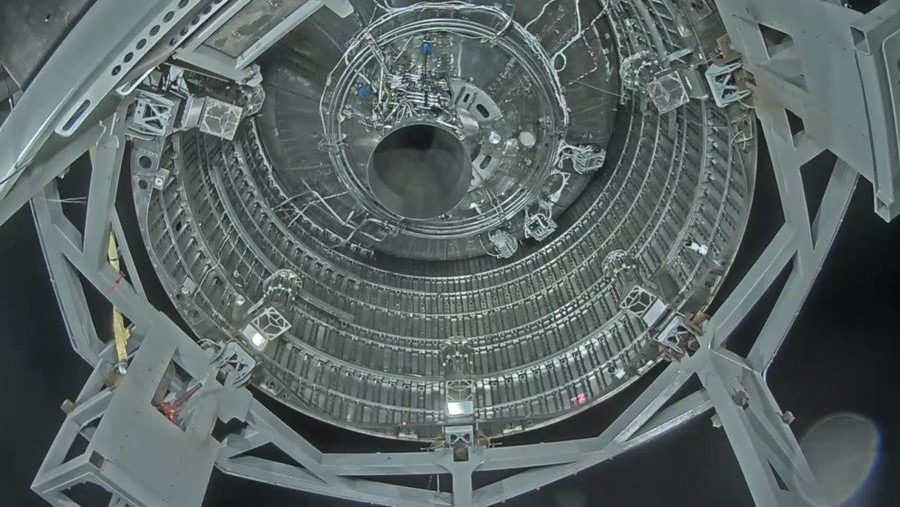
Now some people might be wondering, Why the name Artemis? ARTEMIS stands for Acceleration, Reconnection, Turbulence and Electrodynamics of the Moon’s Interaction with the Sun. Artemis was named after the Greek Moon goddess Apollo’s twin sister.
China is also planning to land astronauts on Moon by 2030. It will be a competition for the US. Biden’s 2023 Budget includes $7.5 billion for the Artemis project. According to some sources, Japan designs lunar rovers as US plots return to Moon. It has been confirmed by the Japan Aerospace Exploration Agency (JAXA) that the data gathered from their collaborative study with the Indian Space Research Organization (ISRO) can be utilized for the rover. JAXA also is conducting moon rover research with Toyota Motor.
As we return to the Moon, get ready to see history being made! For more information, you can visit the official website of NASA.
Artemis 3 Crew Members
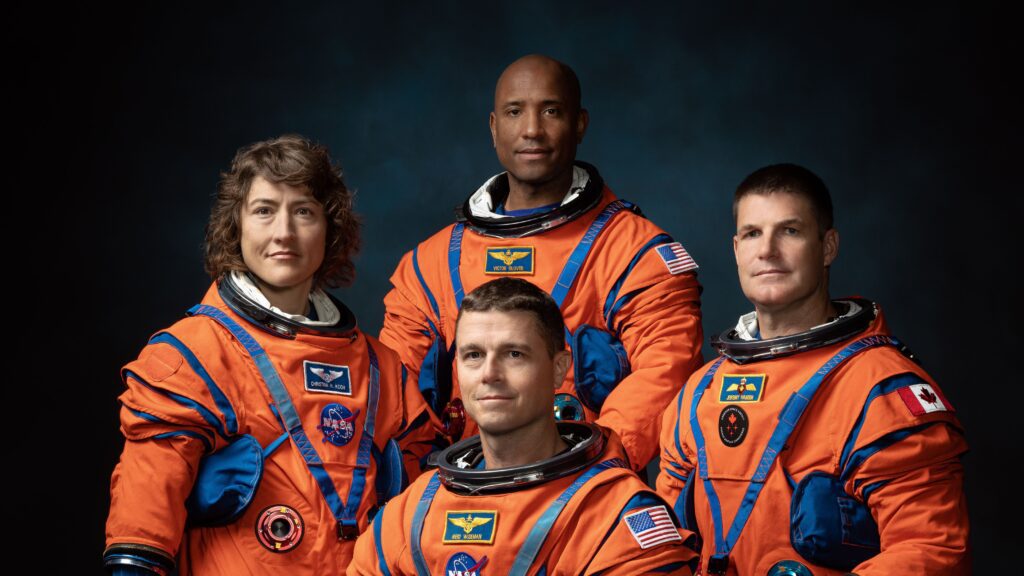
NASA’s Artemis II mission features a talented crew (left to right): NASA astronauts Christina Hammock Koch, Reid Wiseman (seated), Victor Glover, and Canadian Space Agency astronaut Jeremy Hansen. Credits go to NASA for this remarkable image.
Artemis 3 crew will have 4 astronauts. Christina Koch will make history as the first woman to land on the moon, an amazing accomplishment she will achieve to be the first woman on the moon. Victor Glover, the first black astronaut to make such a trip, will be traveling with her. Reid Wiseman and Jeremy Hansen will also be a part of the extraordinary team with them.
Victor J. Glover Jr.
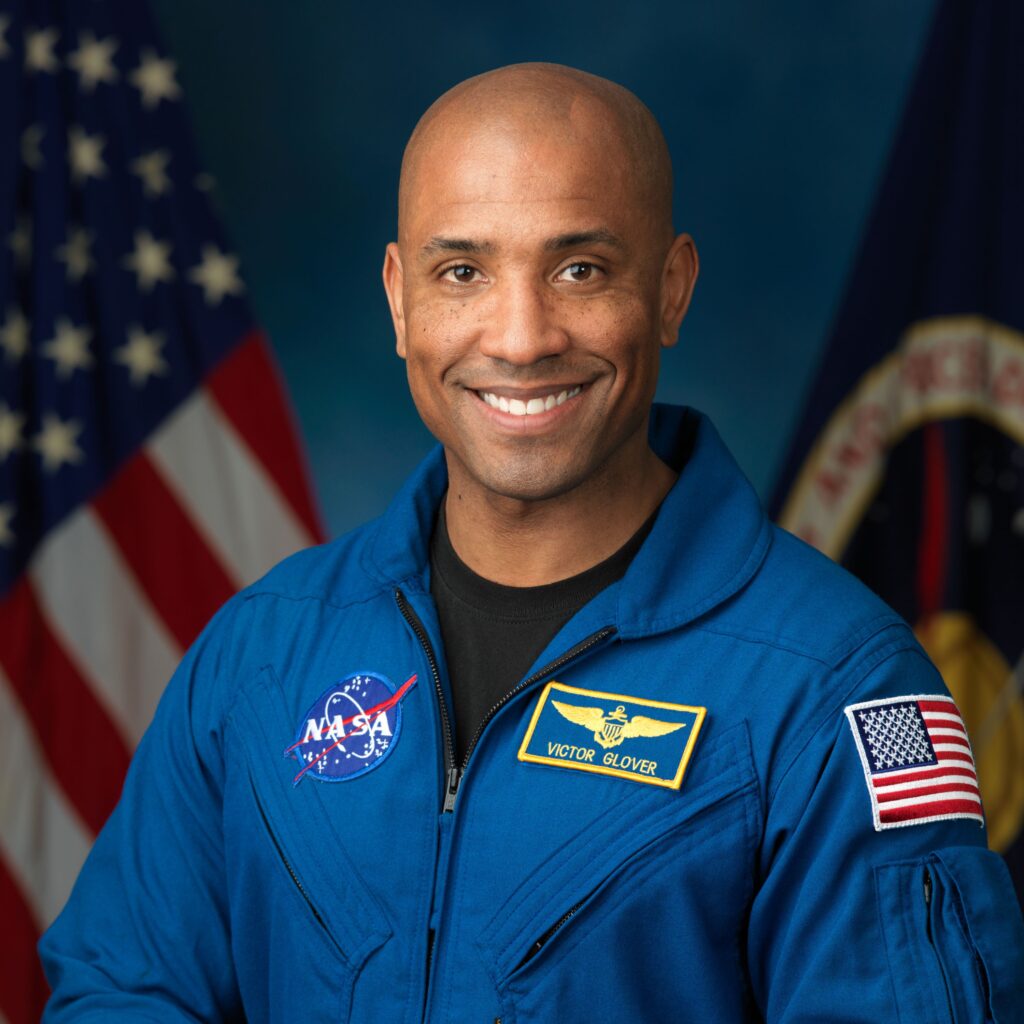
Victor J. Glover Jr., a former Legislative Fellow in the US Senate, joined NASA’s astronaut corps in 2013. Notably, he served as the second-in-command on the Crew-1 SpaceX Crew Dragon mission, named Resilience, which successfully landed on May 2, 2021. Glover has been assigned the crucial position of Pilot for NASA’s upcoming Artemis II mission.
Christina Hammock Koch
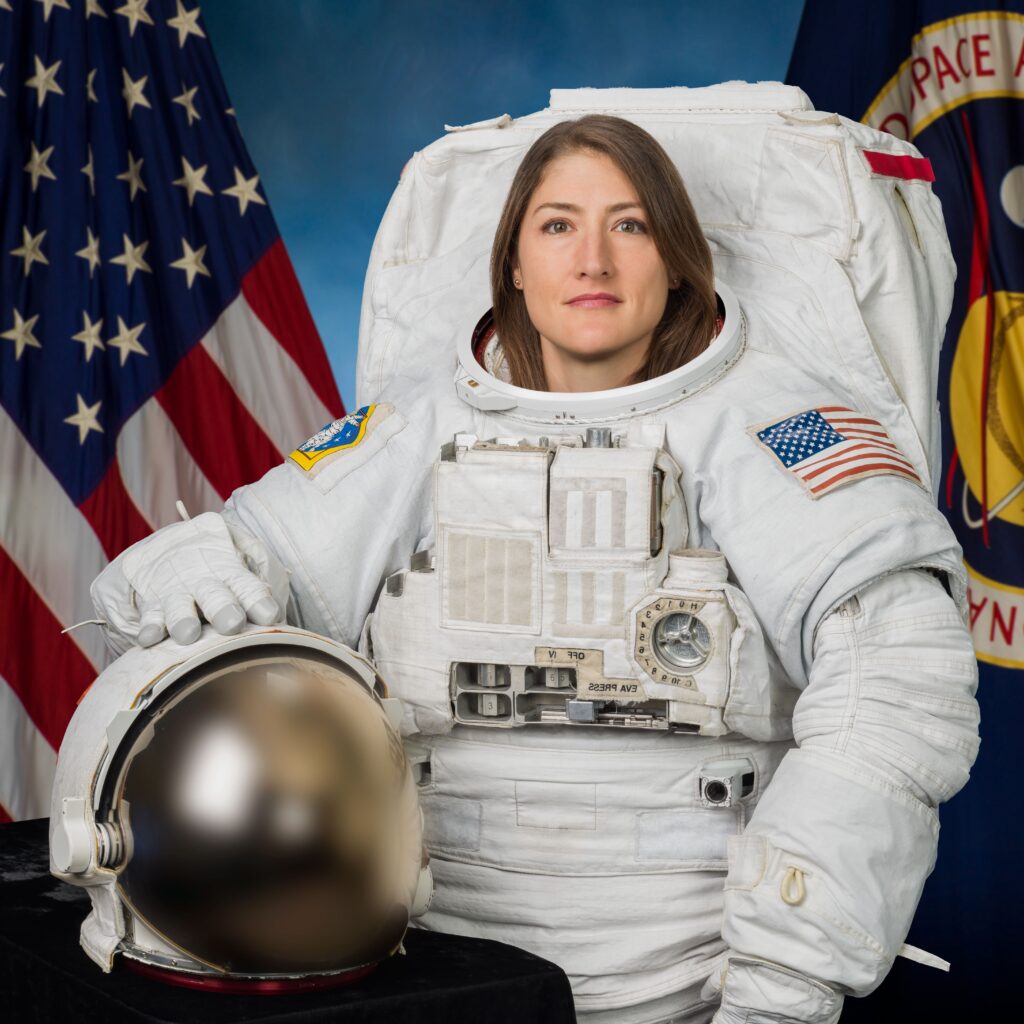
Christina Hammock Koch, selected as an astronaut by NASA in 2013, achieved significant milestones during her career. She was a flight engineer on the International Space Station (ISS) for Expeditions 59, 60, and 61, spending 328 days in orbit. Koch also made history by conducting the first all-female spacewalk. Currently, she is designated as mission specialist I for NASA’s forthcoming Artemis II mission.
G. Reid Wiseman
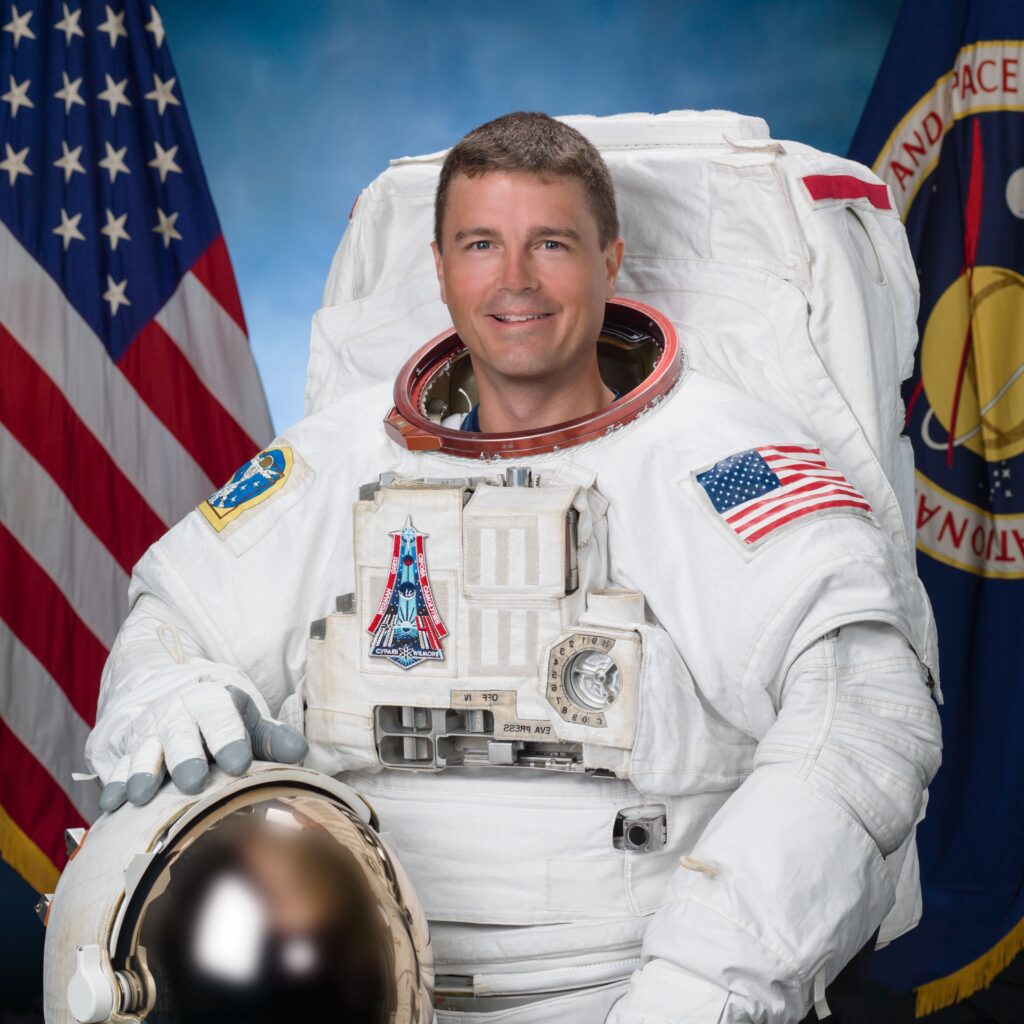
G. Reid Wiseman, an experienced astronaut, served as the Flight Engineer on Expedition 41 aboard the International Space Station. During the 165-day mission, Wiseman and his crewmates conducted extensive scientific research in astrophysics, physical science, earth science, and human physiology. He has been appointed to lead NASA’s future Artemis II mission, showcasing his leadership abilities and dedication to space exploration.
Jeremy Hansen

Jeremy Hansen, an astronaut from the Canadian Space Agency (CSA), will make history as part of the Artemis II mission. He will become the first Canadian to travel to the Moon through this mission. Born in London, Ontario, Hansen spent his early years on a farm near Ailsa Craig before moving to Ingersoll for high school. He enjoys sailing, racing, rock climbing, and mountain biking alongside his successful career. Hansen will contribute as a mission specialist II in the Artemis II mission, utilizing his expertise to ensure its success.
Why haven’t any women been sent to the Moon before?
During NASA’s Apollo program, numerous astronauts had the opportunity to visit and even land on the Moon. On July 20, 1969, the Apollo program successfully achieved the historic feat of placing the first human beings on the surface of the Moon. However, it is well-known that no women have ever set foot on the lunar surface. Only 12 humans, all men and no women have walked on the Moon. The distinguished list of moonwalkers includes names like Neil Armstrong, Buzz Aldrin, Gene Cernan, Al Shepard, Moss Duke, Pete Conrad, Stuart Roosa, James Irwin, Dave Scotts, Jack Schmidt, and Jim Young.
Selection from Military
Women were not included in the moon missions for several reasons; one is the selection procedure, which gave military candidates a significant advantage. Due to their complexity, only the best pilots should be selected for these missions. Sadly, women were not allowed to join the military then, which automatically disqualified them from consideration for lunar missions.
Lack of types of equipment for females
As the Apollo program advanced, NASA gradually widened its selection standards and began to consider individuals who weren’t necessarily pilots in the military. However, the tools employed during the missions were created exclusively for male astronauts. Women were not included in lunar missions due to a lack of gender-inclusive equipment, such as the Apollo spacecraft’s restricted privacy features and lack of ability to accommodate mixed-gender crews.

Menstrual Cycle
Women were prohibited from participating in lunar missions due to hygiene concerns, particularly those linked to the menstrual cycle. It would have been logistically difficult to include female astronauts in moon missions since addressing these issues would have required extra equipment that wasn’t accessible at the time.
Equipment not supporting female anatomy
The fact that all of the onboard equipment was created with male anatomy in mind presented another obstacle that barred women from taking part in moon missions. Specialized equipment did not cater to women’s specific anatomical demands, making sending them to the Moon impracticable and possibly dangerous.
All of these factors combined to explain why no female astronauts were on the Apollo 11 moon mission. However, amazing progress has been achieved since then in encouraging equality and inclusion of women in space exploration and in the Artemis 3 mission, and finally, in 2025, sending a woman to the Moon is set to be achieved.
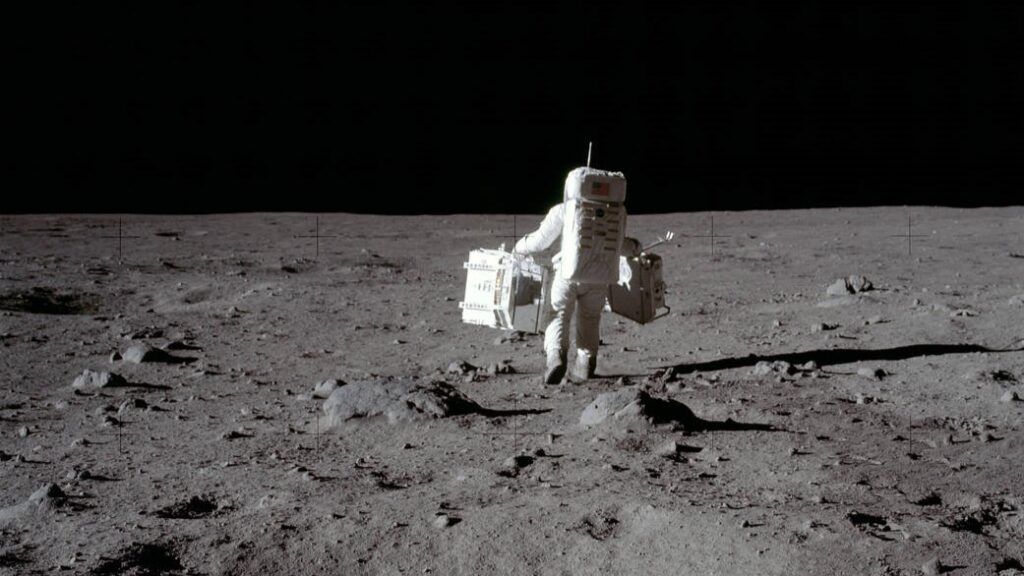
It is an example of real women’s empowerment. Women’s empowerment refers to increasing women’s control over their lives, enhancing their agency, and improving their social, economic, and political status. It involves providing women with the tools, resources, and opportunities to make choices and decisions that affect their lives. But nowadays, people are changing the meaning of women’s empowerment. Nowadays, people declare they support women’s rights, but only if it’s convenient or doesn’t challenge their privilege. I’m afraid that’s not right.
We hope you guys like this article. All the best in advance to NASA from our geeky panther team for the Artemis 3 mission.
Also read our article about Proxima Centauri B : An exoplanet similar to our earth and Oumuamua.
For more such content, subscribe to our newsletter.

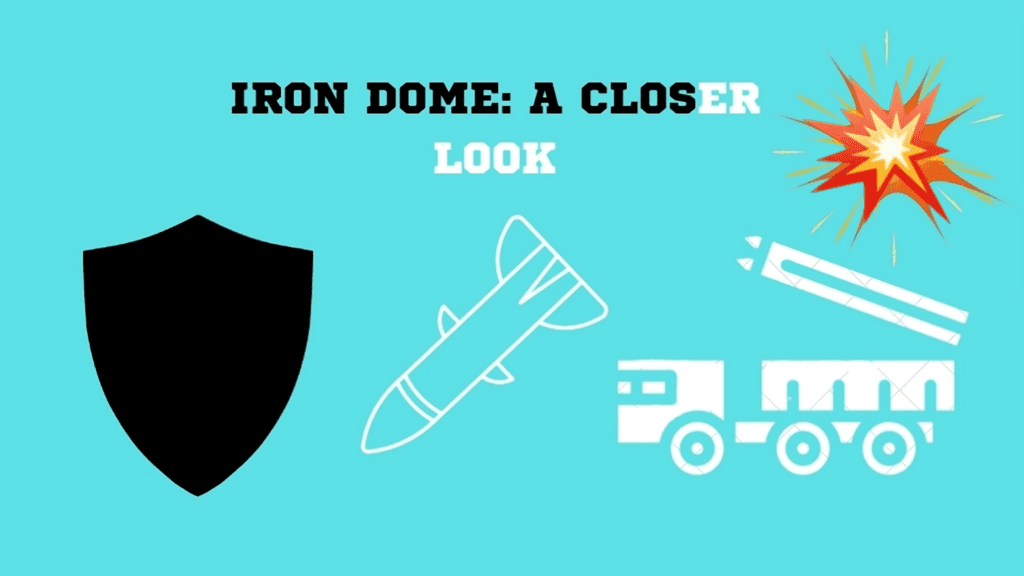
Pingback: Proxima Centauri B: An Exoplanet with Life? - Geeky Panther